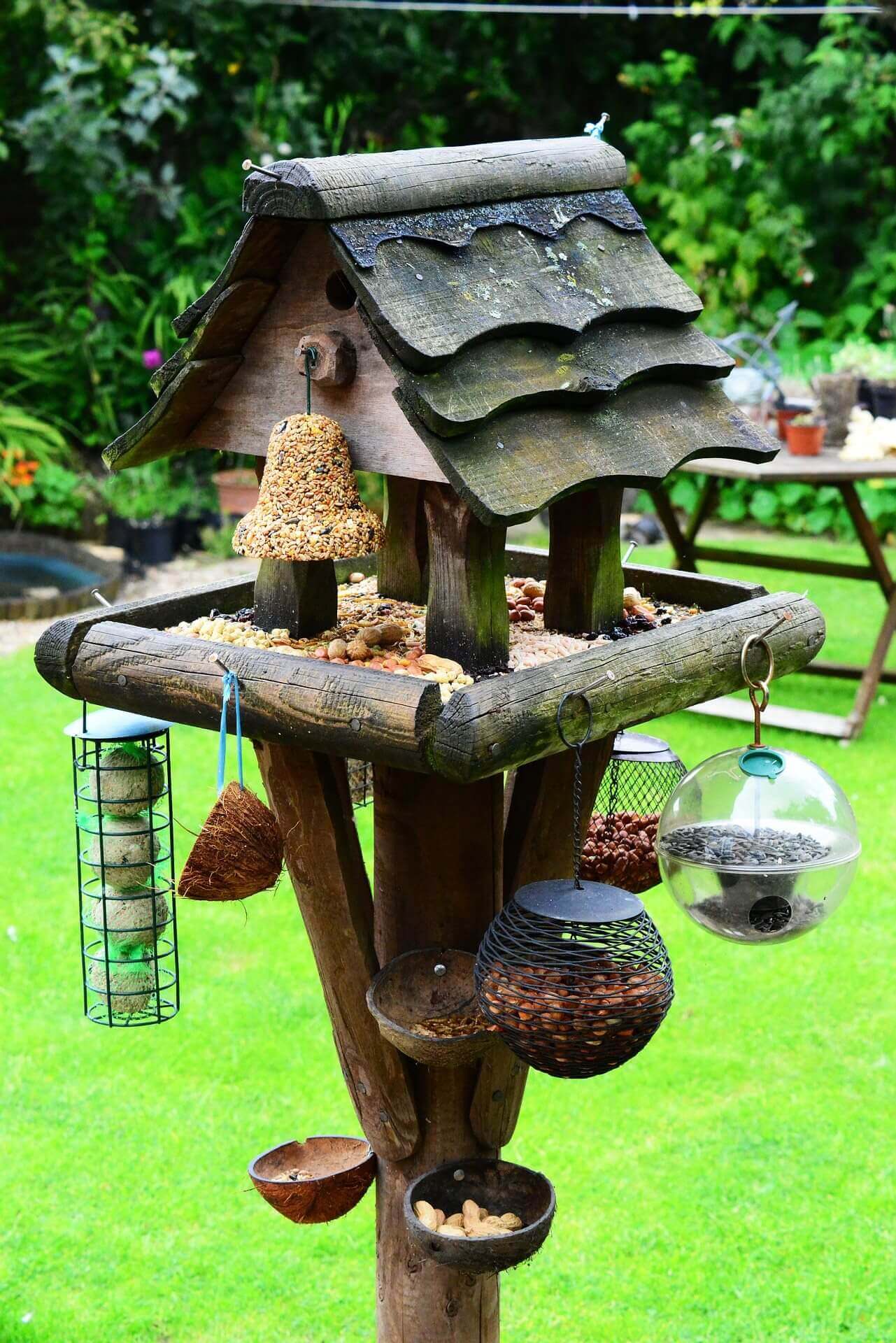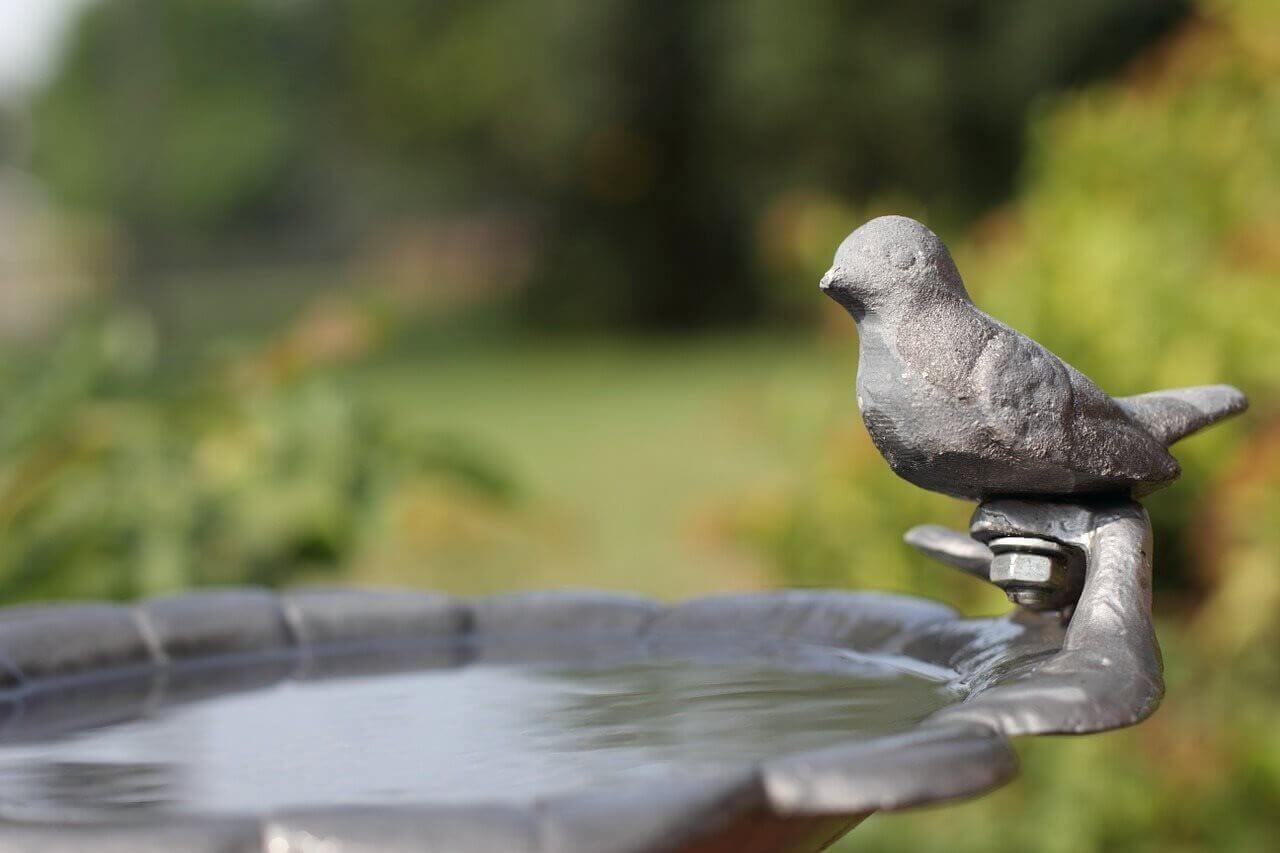04/05/2015 11:00 PM
Bring on the birds
Sadly modern day living and the associated depletion of natural habitats has led to a decline in the variety of wildlife typically seen in a domestic garden and this includes wild birds. Sparrows and Blackbirds, once commonly featured throughout the UK are now decreasing in numbers, as are Song Thrushes and Starlings. Figures from bird monitoring schemes across Europe suggest that House Sparrows have declined by a dramatic 150 million birds in the past 30 years while Starlings have seen their numbers fall by 45 million.
If you want to do your bit to encourage birds into your outside space, you need to create a habitat that will provide food, water and shelter, as well as a place that is conducive to breeding and safe from predators. In this blog post, we show you what can be done to ensure your garden represents an inviting haven designed to entice birds on a regular basis
Bird friendly plants
Berry-bearing trees and shrubs such as hawthorn, rowan, holly, honeysuckle and ivy will not only provide fruit for birds to feed on but they will also provide somewhere for them to shelter and nest, whilst also attracting the relevant insects for the birds to eat. Cultivated and wild flowering plants such as sunflowers, evening primrose, teasel and shepherd's purse also provide seeds and a further source of insects.
For gardens that feature a lawn, allow the grass to grow slightly longer and if possible leave areas at different heights to optimise food potential for birds. A patch of long grass in the winter can also provide a source of shelter.
Feeding for feathered friends
As well as natural planting that is designed to appeal to birds, providing additional food specifically suited to our feathered friends will soon have them flocking to your garden. Food can be left out on a bird table (kitchen scraps, nuts, seed mixes) as well as hung in a bird feeder (ideal for black sunflower seeds, sunflower hearts, sunflower rich mixes and unsalted peanuts). Don’t forget to site the table / feeder no less that 2 metres from shrubs, a fence or trees so that there is an easy escape route in the event of a predator approaching.

Home tweet home
A bird box not only provides a safe and secure home to encourage breeding, it also provides welcome sanctuary during the winter months. Be aware that as well as coming in a variety of designs, various types of bird boxes are designed to attract different species of bird. Experts advise that if you live near woodland or in the countryside, it is best to opt for a bigger next box likely to appeal to Woodpeckers and Owls. Small bird boxes for common garden birds such as Blue Tits, Coal Tits, Greenfinches and Sparrows are recommended for town and city dwellers. Bird boxes should be constructed from a material that offers good insulation properties such as wood, coir or terracotta. Natural materials are better as this will enable the box to blend with the garden landscape. Drainage holes at the bottom of the box and ventilation holes to allow fresh air to flow freely are essential. A word of caution, don’t be tempted by a nesting box that also doubles as a bird table as this will lead to conflict at feeding times. Make sure any bird box is positioned away from shrubs or bushes as these can potentially provide cover for predators and remove any perches, which can enable unwanted visitors (such as squirrels) gain easy access to eggs or young chicks.
Bathing for birds
Finding a source of water is vital to the survival of any animal. Birds require water all year round for drinking and bathing, although this is especially important during the hot summer months when fluid is needed to maintain hydration levels and to wash off any dry dust, as well as during the winter when the cold weather will cause many sources of water to be inaccessible due to ice. If you don't want to run to the expense of installing a pond then a simple bird bath is an easy solution. These can range in price from a basic upturned dustbin lid or large bowl to a bespoke sophisticated pedestal or hanging bird bath feature. It is even possible to purchase a heated bird bath (the water is not actually warmed but during the winter it is kept at a temperature to prevent it from turning into ice). Another option is to install a solar powered birth bath, with the solar energy either warming the water or powering the movement of water. Having a bird bath that offers moving water will not only attract a greater number of birds, it will also represent minimal maintenance as the flowing water is less likely to stagnate.

For more information on how to attract birds to the garden visit www.rspb.org.uk. We’d love to hear from you if you have some special tips on how to encourage birds back into British gardens, let us know by tweeting us @JacksonsFencing